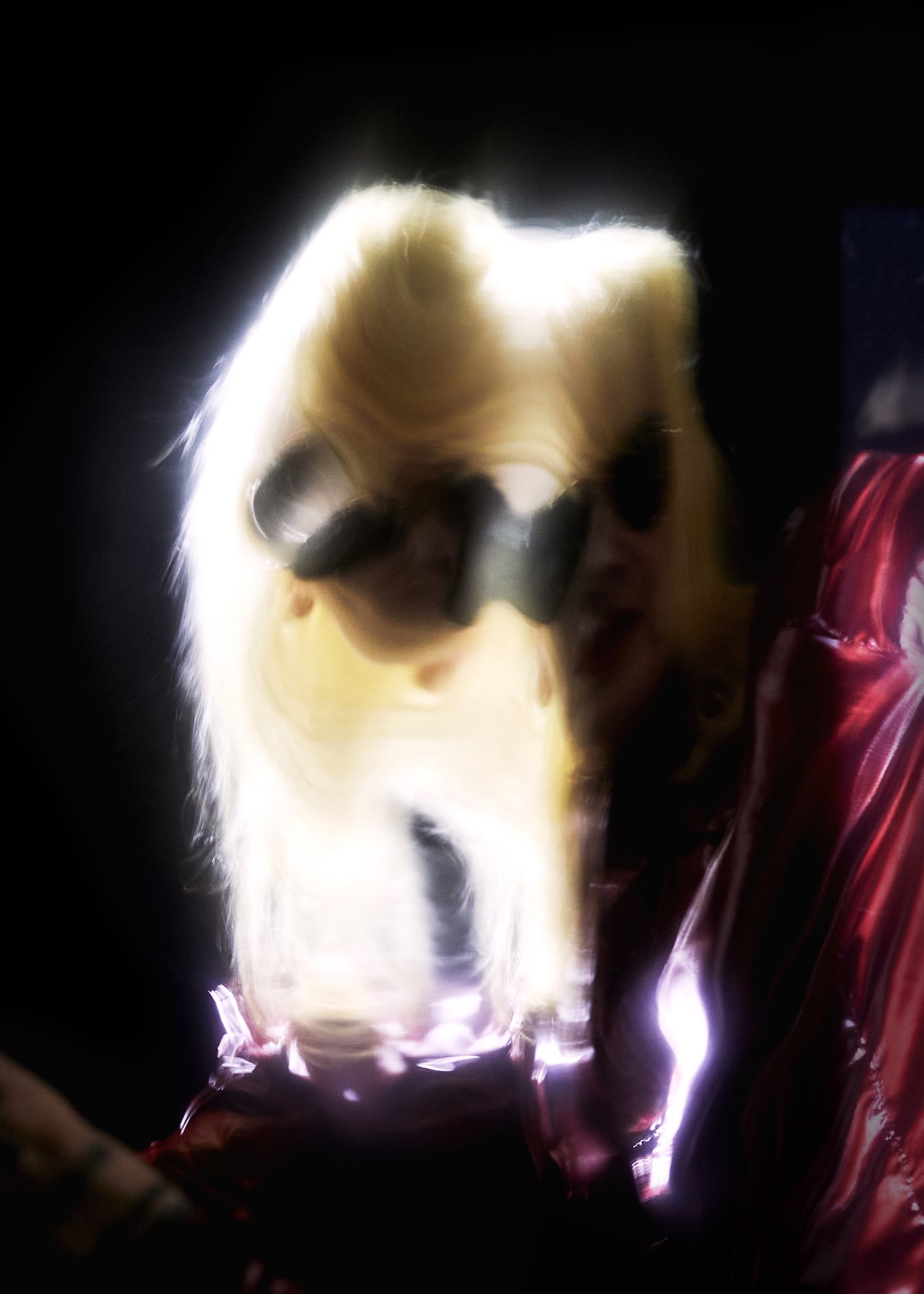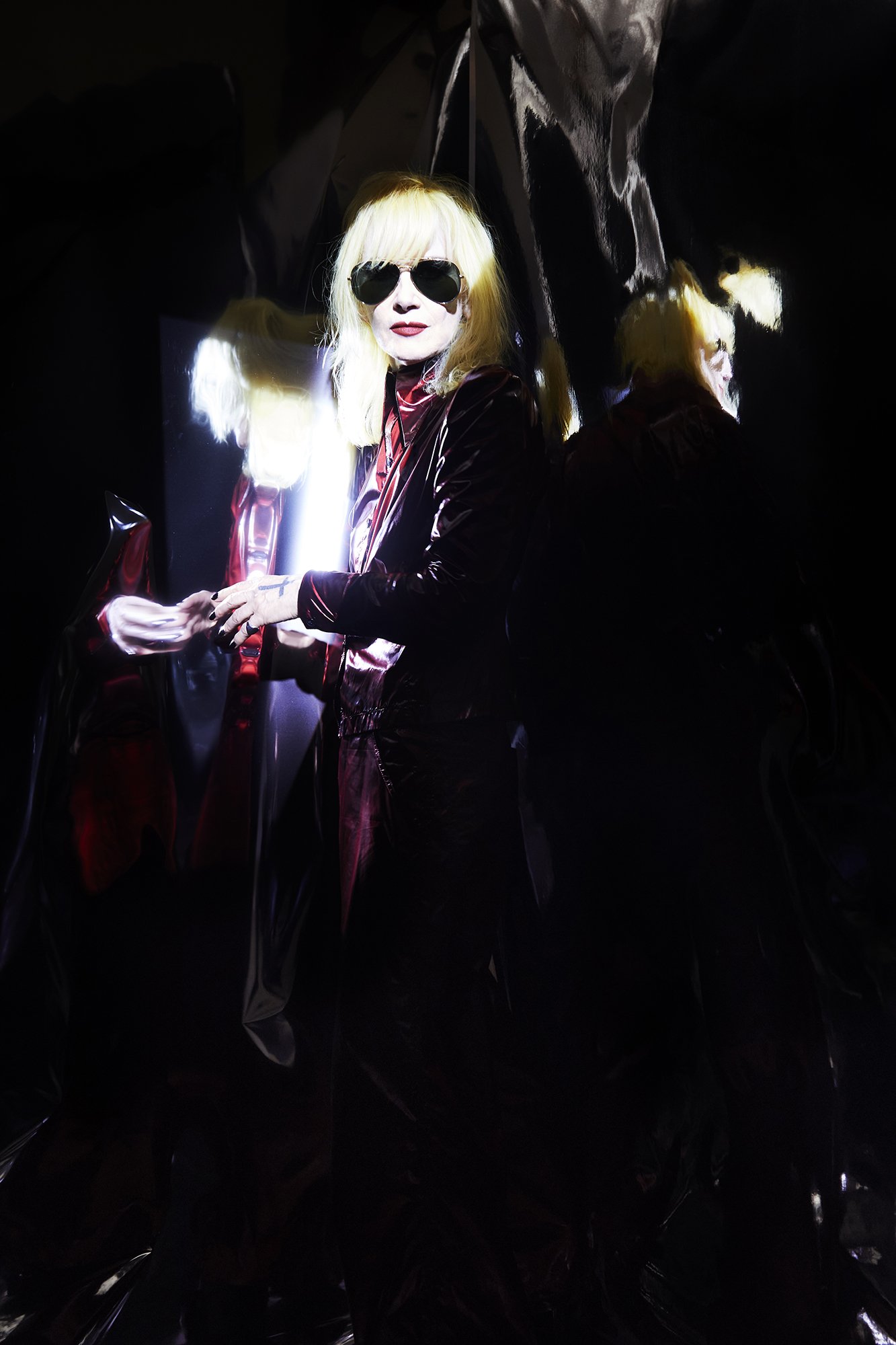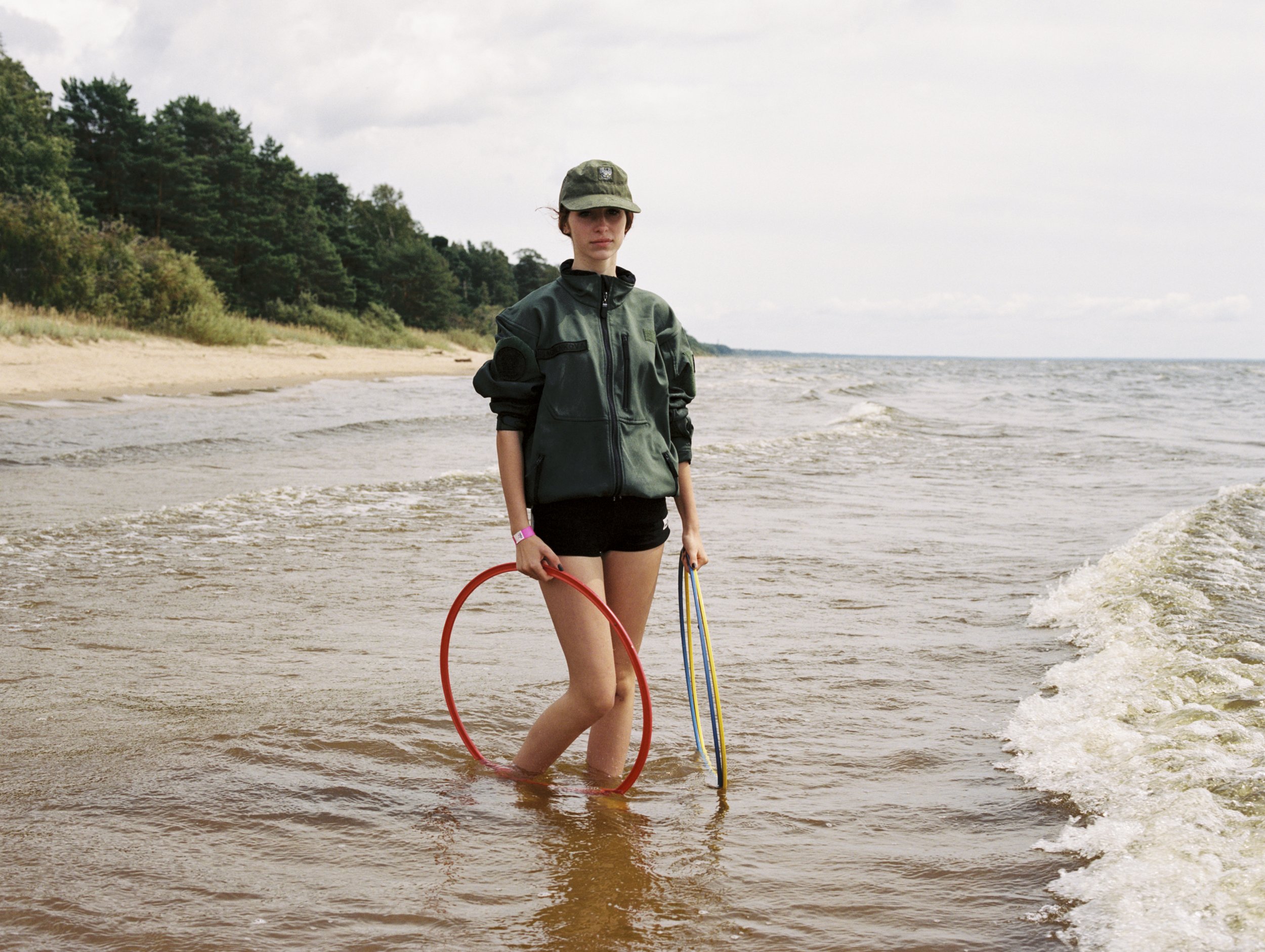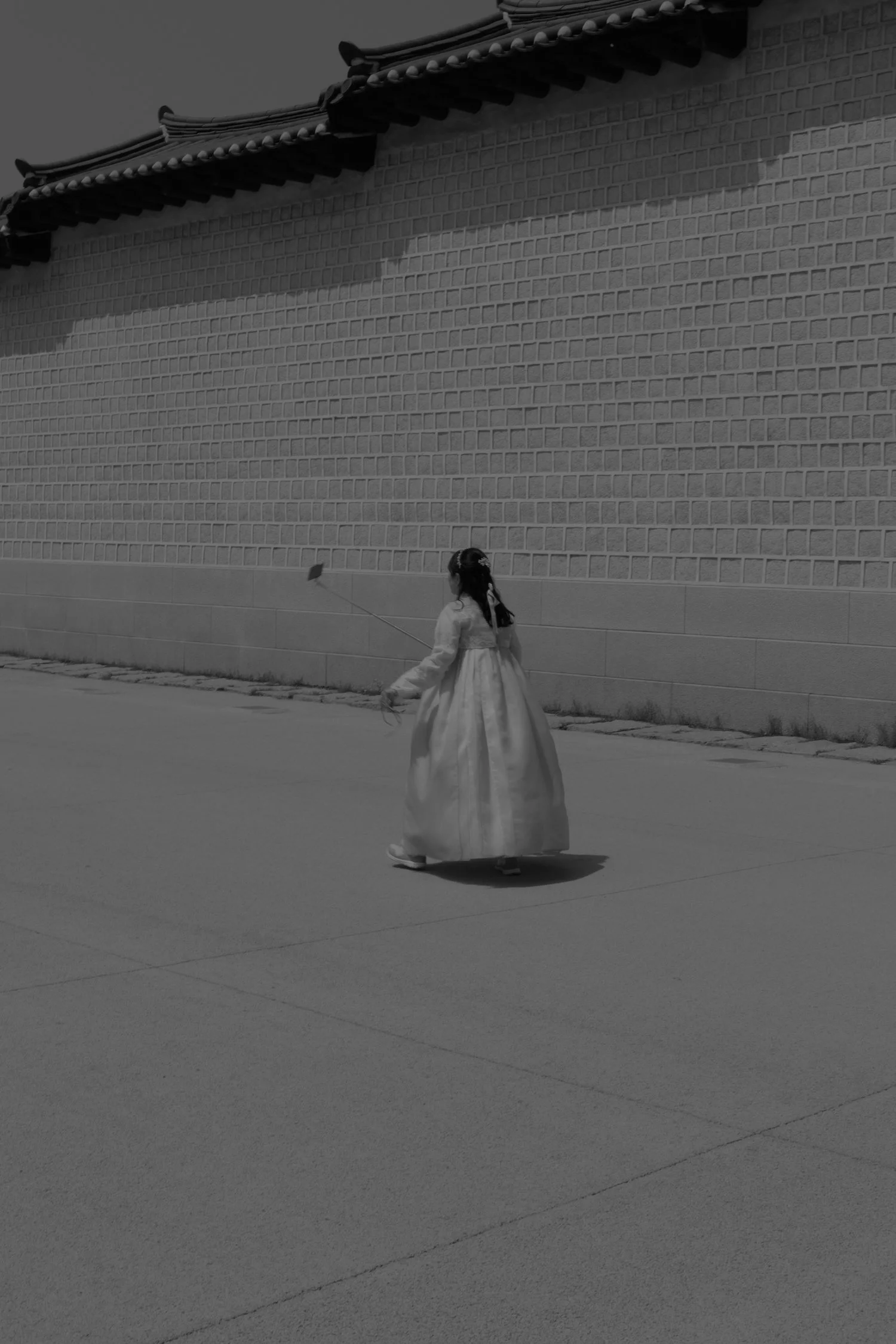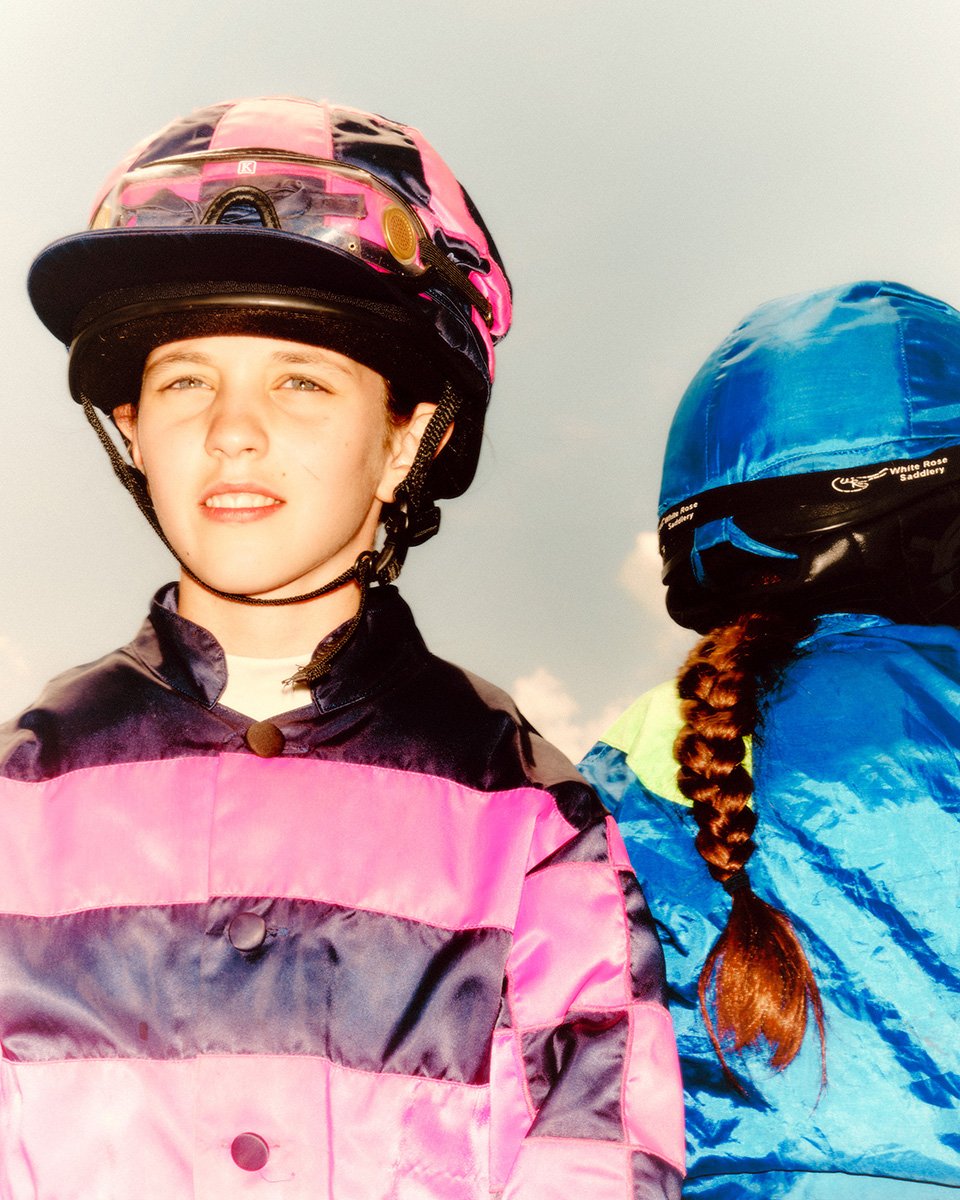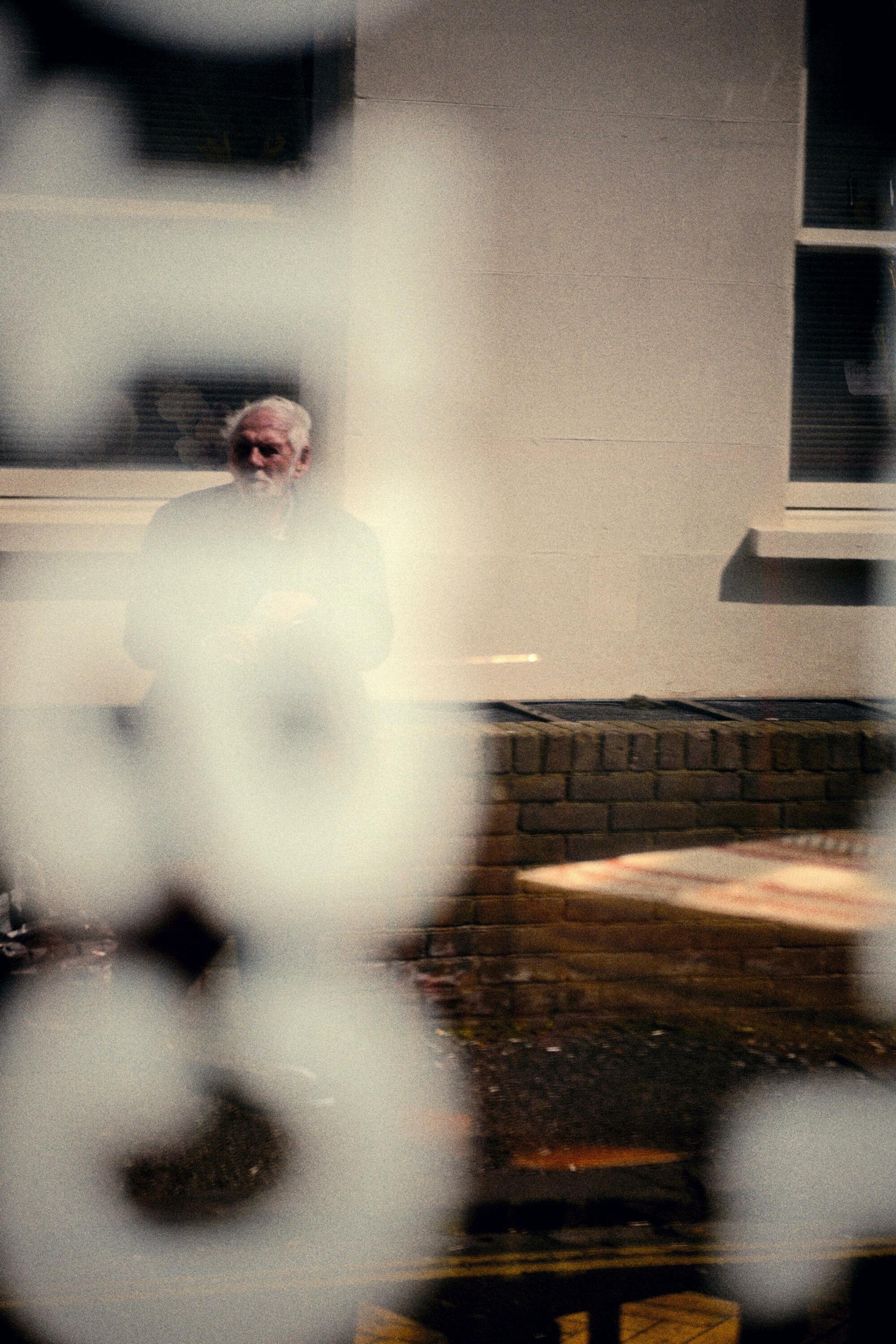Pam Hogg – Doing it her way
In a world dominated by shades of beige, we should be grateful for Pam Hogg’s raw, indomitable energy. A painter, musician, and self-taught fashion designer, she started making her own clothes in the eighties to get into Blitz, London’s legendary club. Despite dressing big names like Rihanna or Lady Gaga, she has never surrendered to the conventional fashion system. She still makes all her designs herself from an East London studio.
Words Brenda Otero Photography JC Verona Naming your collections is a big part of your creative process, what can you tell us about your latest one, ‘Apocalypse’?
It was already being formed as I was approaching the deadline of the set date for my ‘They Burn Witches Don’t They’ collection, shown at London Fashion Week last February. For me, everything's a continuation. The time limit imposes a restriction on how many ideas I can cram into each collection while physically making 90% of all the pieces myself. ‘Witches’ was inspired by a vision I had of Sinead O’Connor being burned at the stake like Joan of Arc. The music I selected and mixed was from other strong uncompromising women, like Diamanda Galas and Yoko Ono. Sinead fought against the injustices of the world and told the truth about the Catholic Church. Her version of the song Trouble of the World resonated with my oncoming feeling of man-made destruction and chaos, brought on by warring between religions, and greed. For me, she was a modern-day Saint putting the world to right.
The SS23 collection was called 'My profession is dreaming'. How to keep dreaming in this hostile world?
The hostile world we find ourselves in only makes me more determined to create work where I feel I can make some kind of connection. I thankfully have the capacity to turn around a bad situation into something – it gives me the impetus to keep going. When I was a child, I was told nearly every day by my primary school teacher that I was useless and would amount to nothing as all I ever did was daydream. It affected me so badly that I couldn't mention the word ‘stupid’ without crying uncontrollably. Three years ago, my sister discovered I had a severe form of dyslexia, something not even known about when I was a kid, and something I'd never considered even in adulthood as I'd just been combating 'this thing' for all these years in secret. I'd constantly work out ways to keep myself ahead in class, and later developed codes and diagrams that, when drawn out repeatedly, would eventually unlock the simplicity of each situation. She'd found them one day when I was too unwell to remember to hide them, I heard her physically howling, so much so that I thought her sick cat must have died, but she was screaming "I've discovered everything". For her the realisation was a relief, now she knew why over the years she'd felt I was disconnected, despite us having a tremendous love and admiration for each other.
I mentioned this story to someone two years later when they were congratulating me on all the awards and scholarships I received at the Glasgow School of Art. I'd joked saying I'd had the last laugh as 'now my profession is dreaming'.
“The hostile world we find ourselves in only makes me more determined to create work where I feel I can make some kind of connection.”
Among this generalised blandness, you are still able to create uncompromising fashion.
I'm quite detached from 'fashion', I create to embody joy, and to let it bounce off into the world. My ideas are a constant flow, it's deciding which ones to follow when they naturally come as I'm not constricted by fashion demands. Ideas merge and become pieces of an unknown jigsaw finding themselves – that's the beauty of allowing yourself to be free of restrictions.
Do you consider yourself antifashion?
I consider myself an unorthodox fashion designer. Fashion can be exciting, but the business of fashion doesn't sit well with me: if you toe the line, you'll move higher up the ladder. I'm far too independent, I follow my judgement, not orders.
You seem to be always curious and delighted by life, never relying on usual behaviours.
Nothing appears usual to me; I just keep going and stay immersed in ideas. I work solitarily in my studio which is very quiet but I'm still connecting with the outside world via selected social media. When I've made an unusual mark, as simple as it may be, and I get that intake of breath moment, that's when I know I've found my direction, and it builds from there. I've always been interested in music and art, I'm a visual person, I see forms of music as well. When I'm writing I paint a picture with words to explain what I'm looking for musically.
One of your signature pieces is the catsuit, what makes you iterate this silhouette?
Since I'm totally self-taught it was an easy way for me to work out how to pattern cut. I loved life drawing at art school, the body is the perfect canvas, it was from literally drawing on my own body that my patterns evolved, working out the balance of shapes.
“I used to physically go to five incredible clubs a night, mostly underground, word of mouth, rarely advertised, it was such an incredible time.”
Your universe is the sum of fashion, clubbing, music, and counterculture. How does your experience differ from when you started?
In the 80s I didn’t get much time for fashion, my collections would be thrown together in a few weeks, not that that has changed much but the scene has, and I’ve found less and less interest there. I used to physically go to five incredible clubs a night, mostly underground, word of mouth, rarely advertised, it was such an incredible time. And gigs, so many new bands, and great venues, I'd also film them, and of course I had my own band, Doll. All I wanted to do was play, I never tried to get a deal, but I wish I'd recorded when I had the chance. I'm still at it, I've just not found the nightlife I used to love.
London is becoming so unaffordable; how do you see the city’s vibe in terms of being a creative hub?
That's the big difficulty and why all the great vibrant venues have closed. Also, when I had my shop off Carnaby Street in the late 80s it was affordable. I'd love to have a shop again, it was also a great social meeting place, but that's impossible now.
Do digital technologies influence your work in any way?
I'm a dyslexic technophobe, so for me it's best to keep it simple.
Any upcoming projects?
Having recorded a song written by one of my favourite singers of all time, Jeffrey Lee Pierce of The Gun Club, I'm at present writing the synopsis for a video I'll be shooting. When he died, tapes were discovered of his home recording, tracks never produced. I also designed the album cover. I've had a photo of JLP on my wall since the NME printed my favourite image of him taken in 1983, it's by Anton Corbijn who also generously gave me permission to use it for my artwork. It’s the last of the Jeffrey Lee Pierce Sessions albums featuring Debbie Harry and Nick Cave, with profits going to an underprivileged youth music initiative. Among so many ideas including painting and more music, I'd love to produce a book of all my work in the not-too-distant future.
About Pam
Pam Hogg is a British icon. The Scottish fashion designer who launched her first fashion collection in 1981. She has created clothes for the likes of Ian Astubury of The Cult, Siouxsie Sioux and Debbie Harry of Blondie. Hogg's collections have since been worn by an entire new generation of celebrities including Lady Gaga, Björk, Rihanna or Naomi Campbell to mention some. She has also designed the trophies for the 2016 Brit Awards.
Pam has printed exclusive brand new t-shirts from her latest collection “Apocalypse” that can be purchased on her website pamhogg.com
To see more about Pam, follow her on Instagram
Team Credits
Interview by Brenda Otero
Photography by Juan Carlos Verona
Hair by Ernesto Montenovo using Bedhead Tigi
Makeup and Nails by Elizabeth Hsieh using Surratt Beauty
Film Timothy N. Heinrich
This interview has been edited and condensed for length


